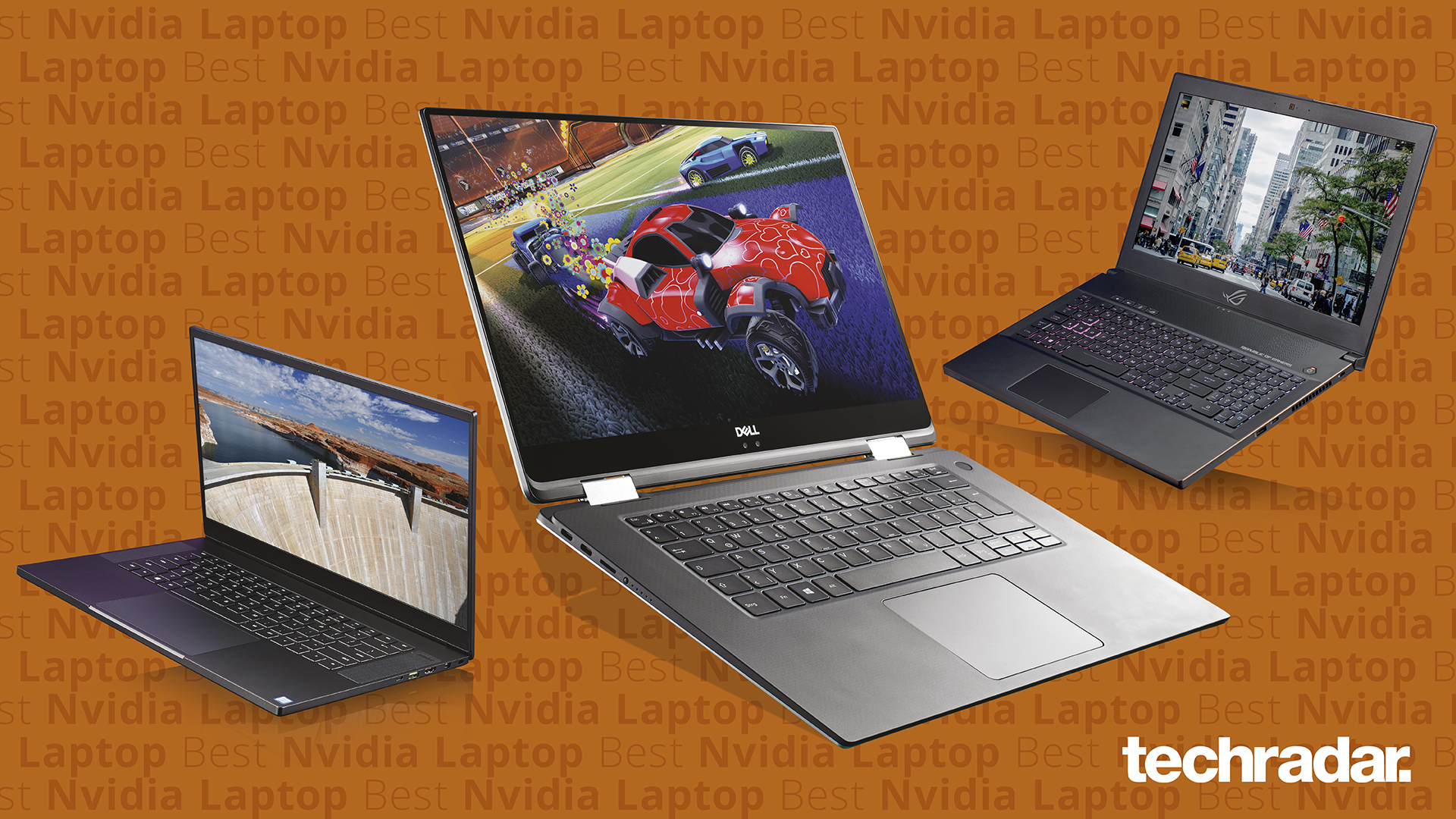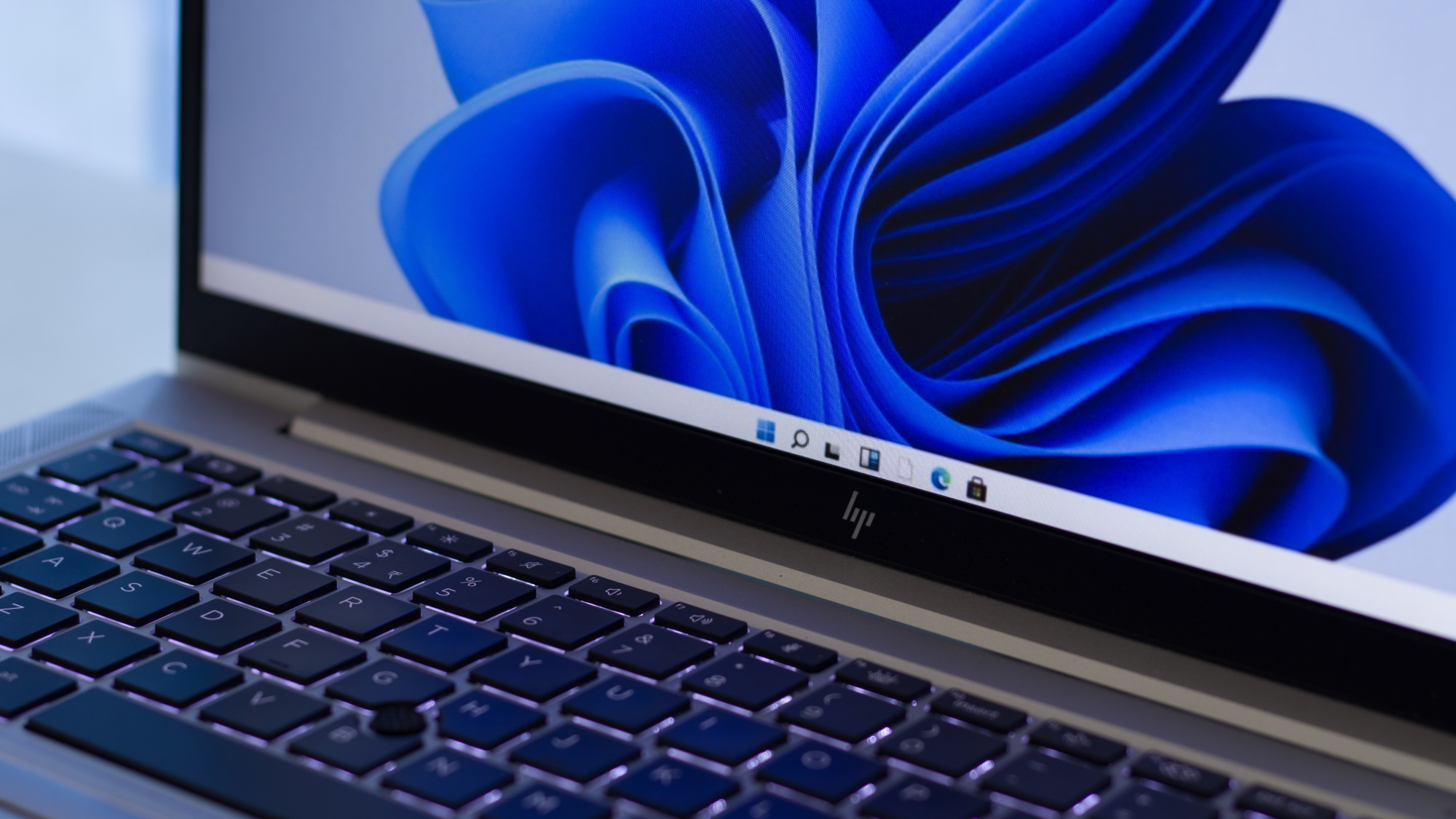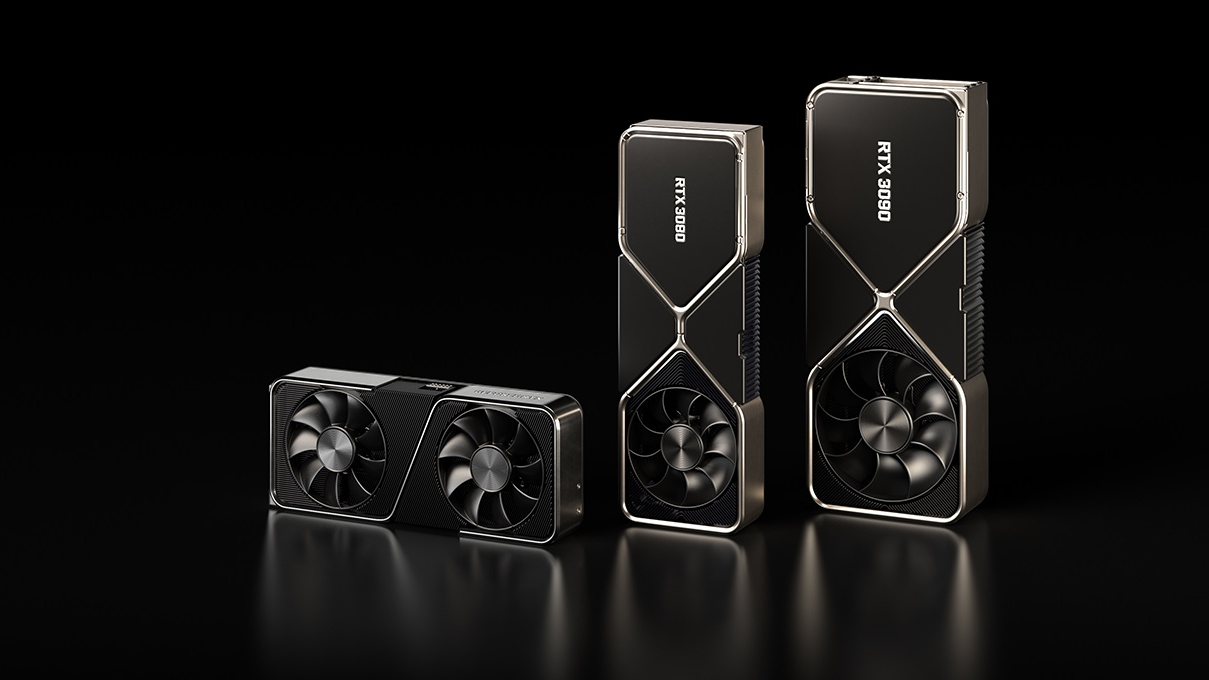Back to school: study justifies Nvidia’s push to arm students with deep learning laptops
Is AI the future of learning? Nvidia seems to think so

As we approach that time of year again, students are gearing up to return to (or begin) their studies, and that means sales of the best student laptops are about to spike once more. I recently attended Nvidia’s ‘Back to School’ hardware showcase, and Team Green had some pretty interesting opinions about how these laptops should be used - and the stats to back them up.
With over 85 million college-level students across the globe, almost half of which are studying engineering or physical sciences, tapping into the student market has never been more important for manufacturers. Owning a laptop has never been more vital for students themselves, too; with the rise of remote learning, it’s practically become a necessity for completing the average university degree.
At the showcase, Nvidia were keen to highlight some results of a study conducted by the UK university admissions body UCAS, which had some expected and some surprising results. The average university student in the UK spends around 40 hours a week using their laptop - and as much as 70% of this time isn’t even study-related. These laptops are frequently used for streaming media, gaming, and casual content creation.
29% of 18-24-year-olds polled purchased a laptop based on their course requirements, but somewhat surprisingly more than a third of respondents admitted to regretting their choice of laptop. ‘I should have done more research’ was a common theme; many students found that the laptop they’d purchased wasn’t powerful or fast enough, or didn’t have adequate battery life.
Getting the right hardware
The UCAS study also revealed that exactly half of UK students purchased a new laptop for their first year of university. Nvidia’s new marketing objectives take this into account; the aim is to equip new university students with a laptop that will last three to four years, the length of the average degree.
But it’s not just about getting students laptops that will last them the duration of their studies; Nvidia believes that the AI-powered deep learning capabilities of it’s new graphics cards are going to be integral to the way students use their laptops in the coming years.
Students do a lot more content creation (casual, if not for study) than they did 10 years ago, and the use of GPU-accelerated deep learning functions are becoming more common among students - software such as AutoCAD is used more than ever, with students needing to render 2D and 3D models as well as run number-crunching scientific modelling programs.
Get daily insight, inspiration and deals in your inbox
Sign up for breaking news, reviews, opinion, top tech deals, and more.
This, of course, is where Nvidia says ‘allow us to introduce ourselves’. RTX GPUs are well-suited for GPU-accelerated tasks, leveraging their AI functionality to provide massively superior performance. More than 75 of the most popular content creation apps can now be RTX-accelerated.

Not just for ray tracing
Any gamer will look at the RTX graphics card line and think ‘oh yes, they do ray-traced games’. But ray-tracing is just one of the capabilities of these cards; when compared to older GPUs or CPUs running integrated graphics - both common sights in the average student laptop - these GPUs are ideal for tasks such as rendering and predictive modeling.
This is true of the lower-end RTX cards, too. While gamers might turn their noses up at the humble RTX 3050, having a discrete GPU with low power draw and deep learning functions can be a huge boon for a student laptop - and without driving the price up too much. The UCAS study showed that students spend £799 on average when buying a laptop for university; not enough to get you a high-powered gaming machine, but sufficient for a multipurpose laptop with a 3050 Ti.
Nvidia considers the MacBook Pro to be its main comparison point here. MacBooks are hugely popular among students, but they still run on integrated graphics via Apple’s M1 and M2 chips. An emphasis on both the AI capabilities of RTX GPUs and the wider range of choice available with Windows laptops are paramount here, and Nvidia is confident that it can deliver the performance students need without breaking the bank.

Which laptop is best?
If you’re a prospective student (or the parent of one), the dizzying array of options available when it comes to buying a new laptop can be pretty daunting. Knowing what you need is key; if you’re taking an English Literature course and know you won’t want to do anything more than web browsing and word processing, one of the best Chromebooks or a lightweight Windows notebook will likely suffice.
If you’re going to be running creative or scientific software, though, the best laptop is likely going to be one with a dedicated GPU. Nvidia emphatically recommends a specific set of sensibly-priced laptops with lower-end RTX cards; the Acer Swift X, Lenovo IdeaPad 5 Pro, and the excellent Asus TUF Dash F15 are some examples.
With students relying on AI technology more than ever - RTX GPUs can even clean up video call performance with Nvidia Broadcast - it’s looking like Team Green might be right on the money; deep learning is clearly a useful tool, and proper implementation of this technology will likely prove indispensable in its ongoing battle against Apple for market supremacy in the laptop arena.

Christian is TechRadar’s UK-based Computing Editor. He came to us from Maximum PC magazine, where he fell in love with computer hardware and building PCs. He was a regular fixture amongst our freelance review team before making the jump to TechRadar, and can usually be found drooling over the latest high-end graphics card or gaming laptop before looking at his bank account balance and crying.
Christian is a keen campaigner for LGBTQ+ rights and the owner of a charming rescue dog named Lucy, having adopted her after he beat cancer in 2021. She keeps him fit and healthy through a combination of face-licking and long walks, and only occasionally barks at him to demand treats when he’s trying to work from home.